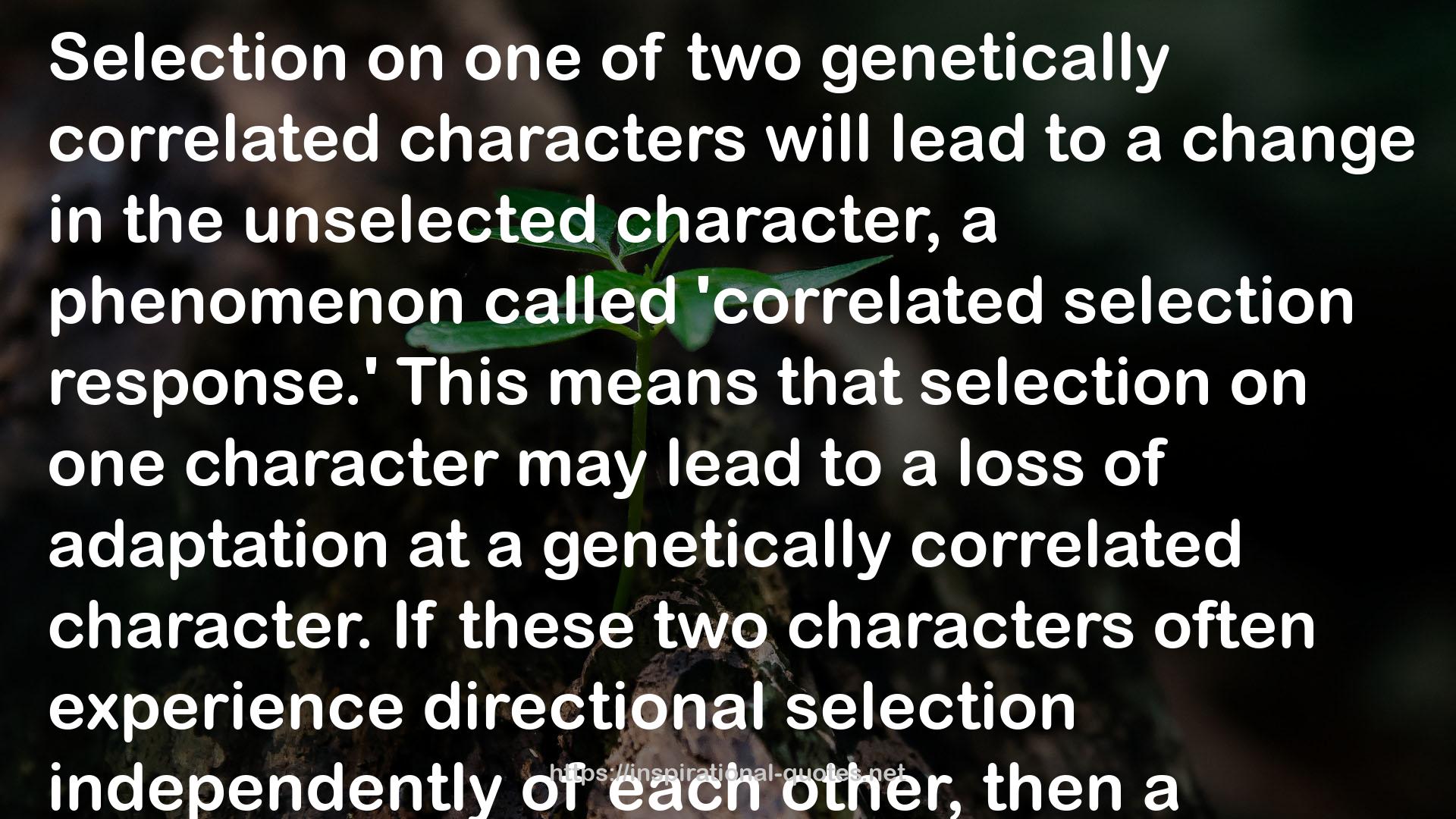Homology, Genes, and Evolutionary Innovation QUOTES
SOME WORKS
- This Star Won't Go Out: The Life and Words of Esther Grace Earl
- The Plot to Scapegoat Russia: How the CIA and the Deep State Have Conspired to Vilify Russia
- Unlearning with Hannah Arendt
- My Name is Chloe (Diary of a Teenage Girl: Chloe, #1)
- When Elephants Weep: The Emotional Lives of Animals
- From the Kitchen of Half Truth
- Un om norocos
- The Best Advice I Ever Got: Lessons from Extraordinary Lives
- Titik Nol: Makna Sebuah Perjalanan

